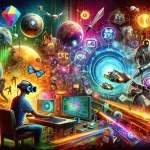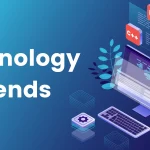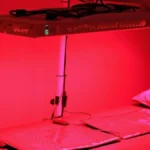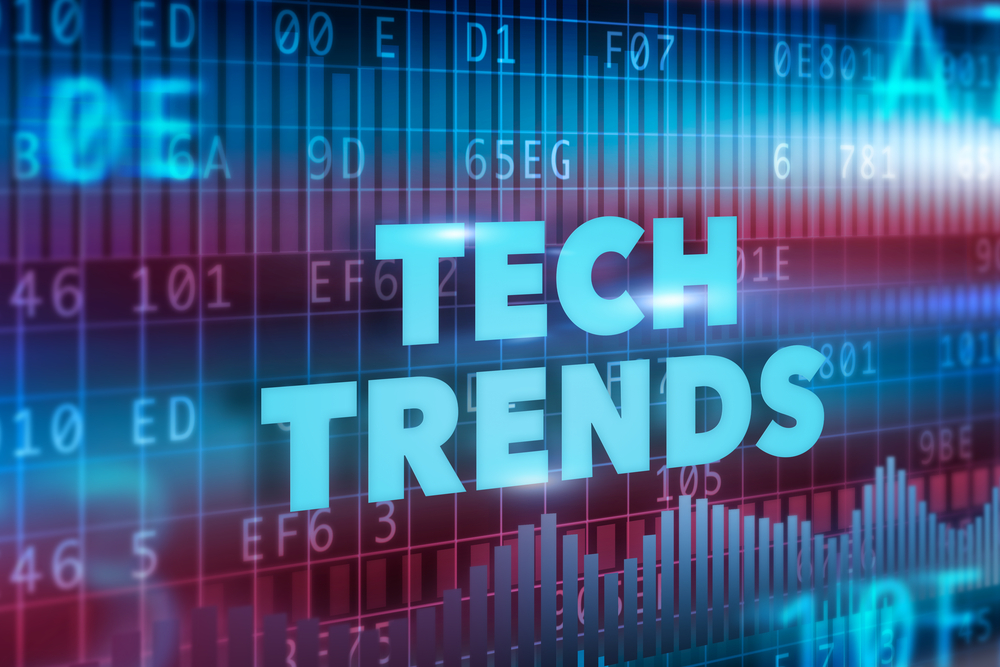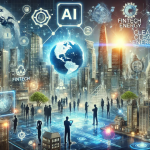
Trends That Will Shape the Technology Industry in 2017
April 15, 2024
2017 is shaping up to be one of the most exciting years for technology innovation. Entrepreneurs and technologists are innovating, leveraging the power of new computing paradigms and the advent of true artificial intelligence. Reflecting on the past year and looking forward to the year ahead, here are some thoughts from Elan Zivotofsky, General Partner, at OurCrowd about the trends that will shape the technology industry and by extension the world in 2017.

- Artificial Intelligence and Machine Learning going mainstream
In 2016, Artificial Intelligence (AI) and Machine Learning (ML) became big buzz words. The New York Times recently talked about a “great A.I. awakening”. Until recently, the uses of AI and ML have, however, been generally quite specialized, and limited due to the need for large amounts of expensive computing power, storage and unique data.
Now, A.I., driven by deep learning, will be much more broadly used across a wider array of applications – everything from consumer marketing and retail, to medical tech, digital health and diagnostics, and new areas like autonomous driving and advanced robotics. A.I. and machine learning are now entering into the mainstream. The combination of much faster computing power – driven by the widespread adoption of GPU technology—and the ubiquitous use of cloud computing is enabling much faster and efficient “training” of computers, which is leading to highly intelligent next-gen applications across a wide range of industries.
The massive amounts of data now being generated in an increasingly connected “internet of everything” world, better enable systems to become “Smart” and over time will likely change many aspects of the way we live.
- Augmented Reality Will Become a Critical Business Tool
The use of AR and VR in consumer entertainment will only increase, and the AR/VR medium will likely become a way we consume content. However, in 2017, we will start to see the business case for AR/VR begin to emerge. Companies in a range of sectors, such as retail, media and entertainment, and medical imaging are now realizing that they are going to need to use AR/VR as a communication medium as well as a visualization and training tool.
AR/VR technology has been evolving for 5 or 6 years, driven by miniaturization of smart devices and the power of cloud computing. Shifting buying patterns and corporate culture takes time, but we are now seeing signs that 2017 will be the year that businesses are ready to take advantage of the immersive capabilities of AR/VR.
- The Winners and Losers of The Autonomous Driving Race Will Begin to Emerge
It will be years before the roads are truly filled by autonomous vehicles, but momentum is building and 2017 will be the year when the dream starts to become a reality. Competition is building, as many of the incumbent auto manufacturers join newer companies and specialized technology developers in the race to build autonomous vehicles.
One of the key elements that will differentiate the winners from the losers is the quantity and quality of the data used to “train” the “brain” in the vehicle. For example, Tesla is already using the 1 billion+ miles driven by human owners of its cars to enhance the data set which is being used to train autonomous vehicles. In addition, those who can effectively crack the code of vehicle-to-vehicle communication will have a competitive advantage. Vehicles will need to make decisions on their own. As a very simple illustrative example, imagine two vehicles facing each other at a cross-roads: who goes first? Those companies that can provide the data and analytics to build the “smartest” products will succeed,
- Voice Driven Apps hit perfect pitch
Improvements in Voice enabled applications have until now been focused on enhancing software to better understand and interpret our voice. Core voice recognition software is now almost perfect at understanding human voice and getting the words correct. But there is an important question that underlies this, and which is a gating factor to the efficient and ubiquitous use of voice driven applications: Does the device actually “hear” what you are saying? Is the signal clear and not distorted by outside noise? Siri is great, but stops working well in a car going over 35 MPH. Amazon Echo is wonderful but it falls apart when the music is playing, or the kids are talking in the background.
Given that the software is now so good, developers are beginning to focus not just on understanding but also hearing. New technologies using optics and other engineering techniques are emerging to provide signal cleansing and noise cancelling, in order to provide the missing ingredient for the massive adoption of voice applications.
In the same way that over the last ten years we have moved from primarily using keyboards to now swiping and using touch-screens, in the next five years we will move primarily to talking to our devices. The missing ingredient is the ability to enable our machines to get a clear signal and cancel background noise. One company making enormous strides in this area is VocalZoom, an Israeli company that is creating accurate voice recognition in any environment.
- Industrial and Agricultural drones
There has been a lot of talk about consumer drones in the past year, with Amazon sending parcels to our homes on mini drone helicopters capturing the imagination. However, when looking into 2017 and beyond, some of the most interesting uses of drone technologies may not lie with the consumer, but rather within industrial and agricultural markets. Facility security applications, mining, oil and gas exploration, crop protection and surveying are all areas where drone technology can play a critical role.
To build drones effectively and reliably for rugged, industrial use is much more complex than for consumer use or even short delivery purposes. It is more multi-disciplinary, requires highly specialized engineering, detailed knowhow, mass computation, robotics expertise and cutting edge software and hardware development. Both automation and true autonomy, in addition to durability, are key elements that will be required for reliable, repeatable industrial and agricultural use.
One company leading the charge in this area is Israel based Airobotics, which is laser-focused on providing a fully automated drone platform for the most complex, industrial grade needs.
- Digital Health: Data becomes the best vaccine
What’s the most important medical device you’ll use in the coming years? If you said mobile phone — you’re in good shape. Emerging technologies, such as cloud computing, internet of things, and mobile apps, are connecting the digital and physical worlds and changing the behaviors of both physicians and patients. Digital health is revolutionizing our approach to medicine, refining healthcare, and improving our well-being. Whether its diabetes fighting apps like Sweetch or companies like Medaware that help ensure you get the right prescription, digital health solutions are becoming ever more necessary. As the global population ages and healthcare demands accelerate, digital health solutions offer the promise of delivering more for less. At the same time, these solutions aim to positively impact the health of current and future generations. In Israel, 100% of the healthcare system is digitized, both at the individual patient level and throughout the healthcare system, and a number of Israel based companies are helping other systems get online and get secure/innovative/active/healthy.
By Elan Zivotofsky, General Partner, at OurCrowd

Darin is a wonderful person. He is very nice and always willing to help out! He loves his job because it lets him share interesting things with people who want to know about new developments in the world of technology.

